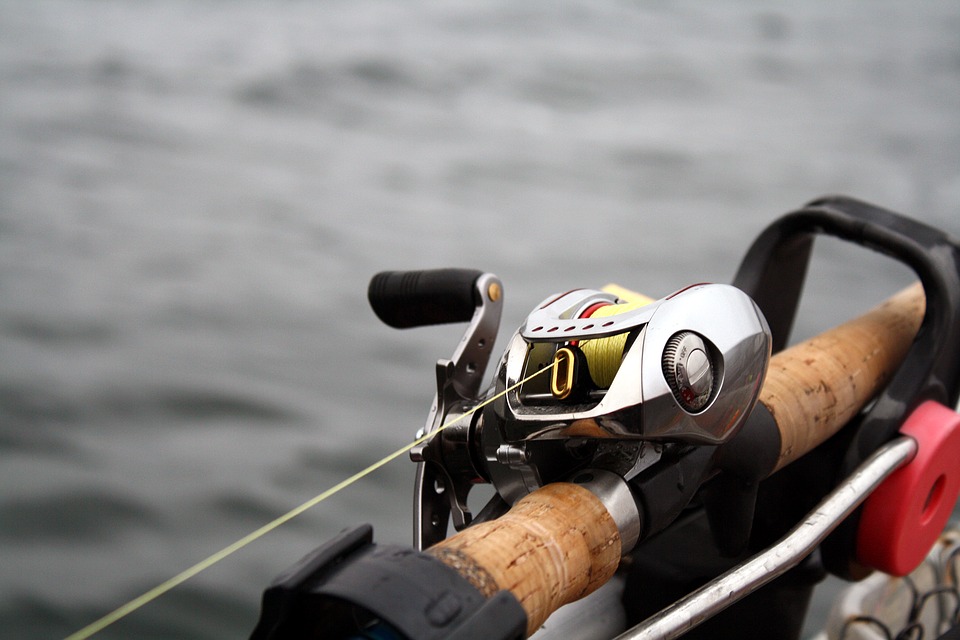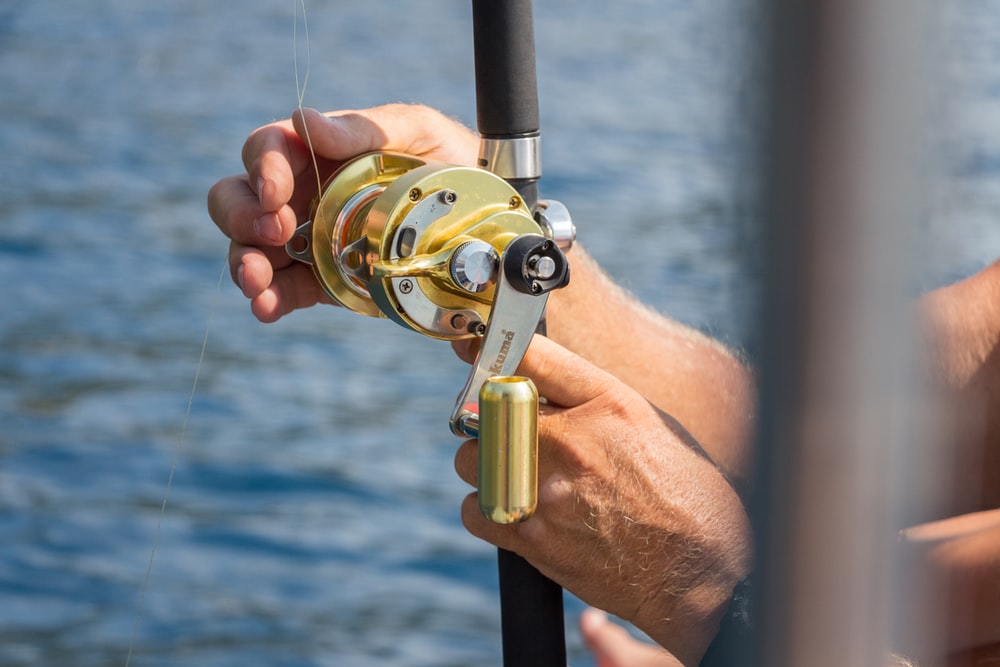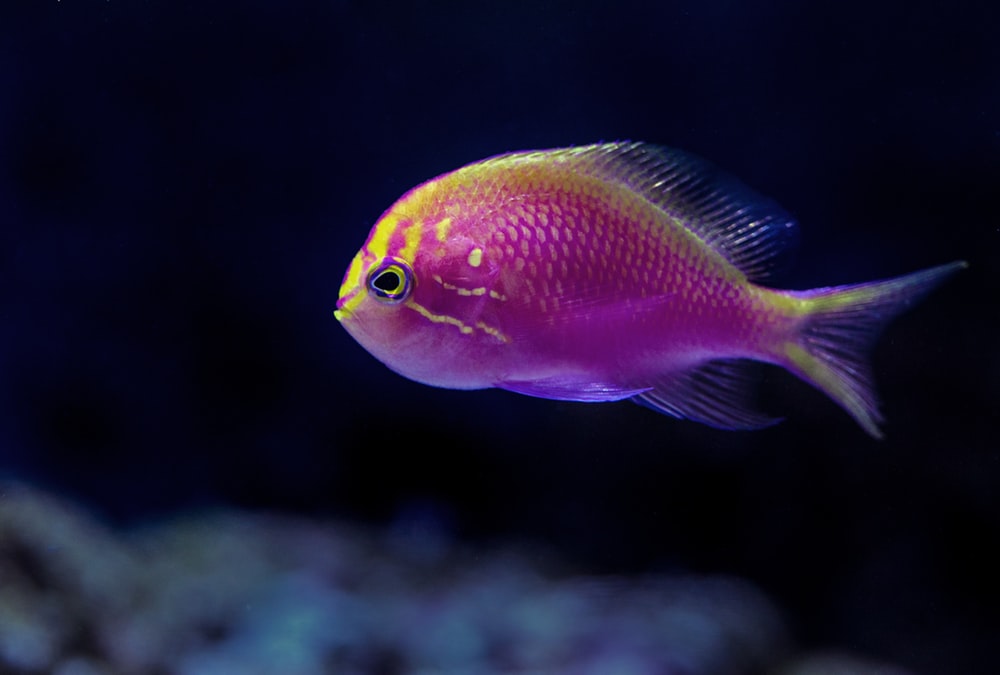Fishing rods are not enough when you are battling with a salmon that you will cook for dinner tonight. You need to choose the best baitcasting reels for the money that feels comfortable. If you are living in the old times, you might be tempted to use a stick, hook, and bait. But today is a different century where spinners make everything easier. For advanced anglers, you might want to get a good baitcaster that will never let you down during the most critical fishing time of the season.

Most people want to use baitcasters because the spinning types can be more difficult and technical. On the flip side, most people find the small button that needs to be pressed before casting to be an inconvenience. They might have braided lines when they fail to release the button before the line hits the body of water.
What Most Anglers Prefer
Many anglers prefer baitcasting because of their simplicity and popularity. This method is popular when you want to catch bass, northern pike, and other freshwater fishes. You can also catch tuna and marlin when you master the art of baitcasting.
More anglers use a baitcaster when they use heavy lines. Lines that weigh 10 pounds or more will have a better ratio on gears. Although reels have evolved in recent years, baitcasting is still easier, it gets the job done, and allows for easy fishing in freshwater.
About Baitcasters
Compared to spinning reels, a baitcaster allows better lures like crankbaits, and spinners to get cast with accuracy. It requires skills with thumbs to pull back the spool when the line is flowing. If the pressure on your thumb is not enough, you might have a backlash and a tangled line when you’re not careful.
Another feature that most anglers like is that a baitcaster works well with fluorocarbons, monofilaments, and braided lines. Most anglers use this kind of reel when it’s springtime and they are in shallow streams or rivers.
Have the Right Equipment

1. Choose the Newer Models
There are baitcasters that have better features compared to older versions. You can better control friction, cast farther, and brake with a precision that you can’t find in the models made in the 70s’. One of the things that you need to consider is how the reel will feel on your hands. You should choose something comfortable. Enter a store and get a feel with some of them. If you are into older or classic models, you can try them up on some antique stores near your area.
2. Get the Right Bait
There are lures that weigh an ounce and there are some types that weigh heavier. Spin casting is for lighter lures while the baitcasting is for the heavy ones. As long as you are comfortable with either one, you can always bring both types to your fishing trips.
3. Buy Waders
Waders protect your body and skin from accidents. If you have accidentally thrown a bad cast whenever you practice, the waders will protect you from bruises and cuts. You won’t also get cold and you can learn faster when you are wearing the right suit. Read more about waders here.
Basics of Baitcaster

Landing that dream trophy large bass is a dream come true for many anglers. A good baitcaster is one of the keys to making the job easier. You can have casting accuracy and you can pull off some good catch even if the holes are too small. Know that there’s a drag, braking system, and a spool tension knob.
1. Drag
This can be found near the reel’s handle. This is placed on the side so that anglers can easily regulate tension. The drag sets the line’s tension and the tightness. The more that there’s a drag, the harder it will be for a freshwater salmon to peel off the line.
If you are in a sweet spot where you are dealing with a heavy catch, you should turn the drag all the way into a downward direction so you can easily get the heavy fish out from its cover. If your fish is hiding in something lightweight, you can loosen the drag slightly and give your target a little leeway to move out of their hideouts.
2. Spool Tension Knob
The speed in which the spool rotates can be adjusted using a tension knob. The brakes are for restricting a large number of lines to come off from the reel. While on the other hand, the tension knob will fine-tune the lines. Most experienced anglers use the mechanism to adjust their lures. You can adjust the knob depending on the weight of the lure that you are using for the day. This will allow for greater distance when baitcasting.
3. Brakes
Brakes serve as regulators for the rotation of the spool. The brakes are helpful especially if you are still practicing the basics of casting. How the brakes work is can be compared to that of the ones on the cars.
Adding more brakes to the reel will result in an added little resistance to the spool. Brakes avoid the tangled lines that can become big as a bird’s nest. The brakes will also affect the distance of your cast. For beginners, the ideal brakes to choose are those that offer more breaks to practice on longer reels. As a person gains more experience or becomes an expert with their tools, they can choose to try on longer casts and minimize the use of the brakes.
Fishing is a one of a kind experience that you can share with your friends and families. Most of the time, the anglers are not after a catch. They just want to see new sights, talk with friends, or relax. Catching a big salmon can be a big bonus if they use the right tools and gears. When you are just beginning, get comfortable with baitcasting. Practice a lot, ask questions with the experts and most importantly, choose the right
